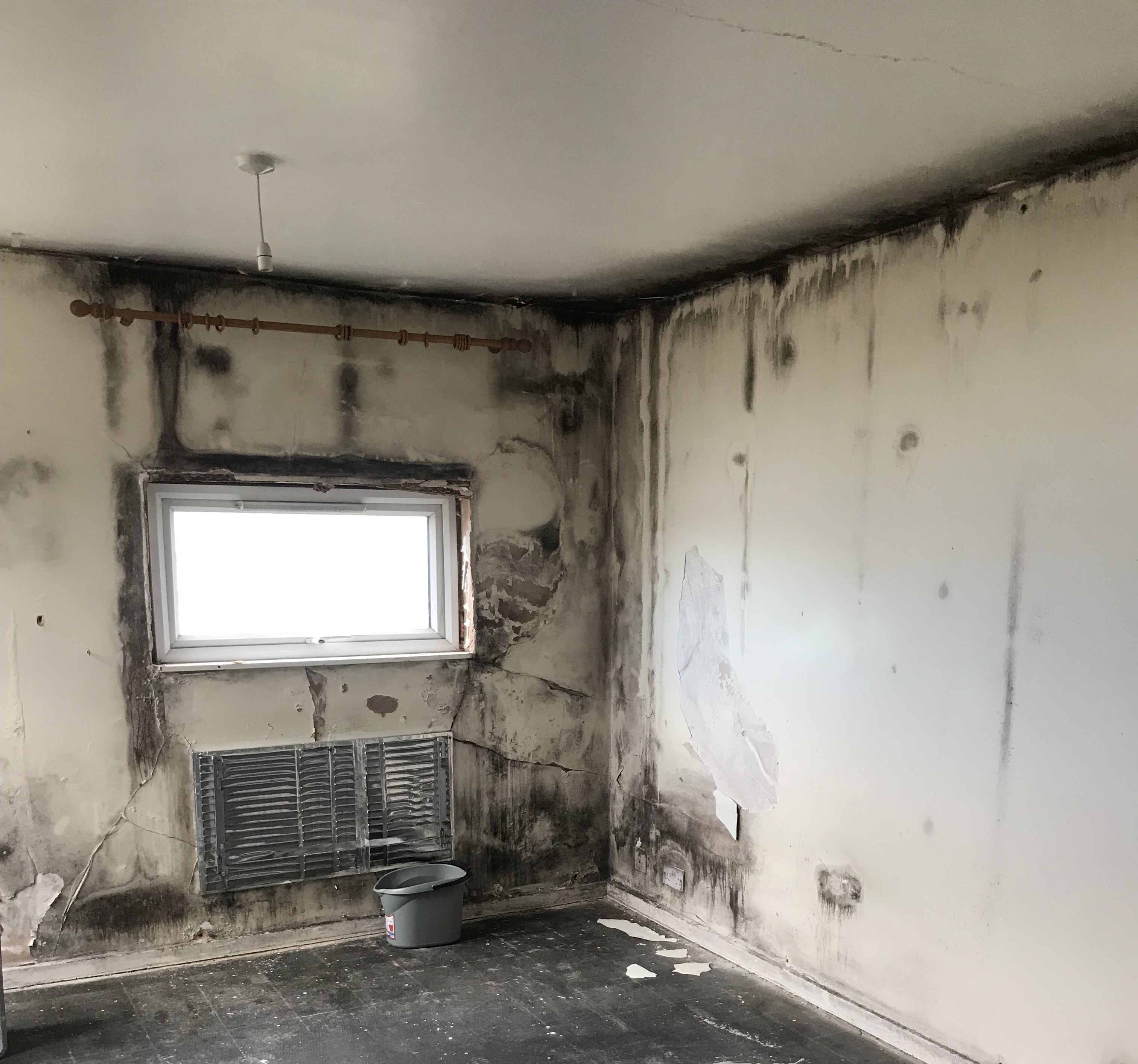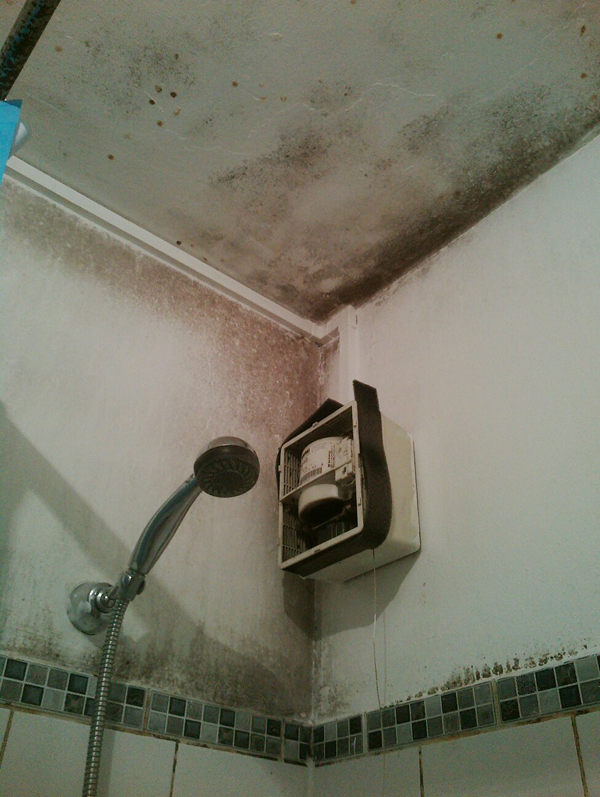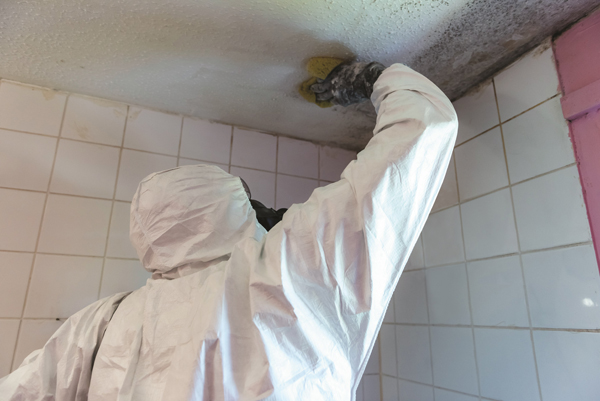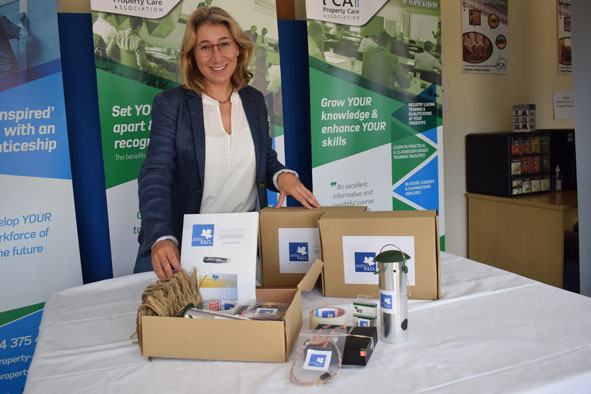Britain’s Current Housing Stock

To many working in social housing - and those living in these properties - it will be evident that there is a problem with a lot of the current housing stock, which is one of the oldest in Europe. Many of these problems relate to damp, condensation and mould, with The English Housing Survey for Housing Quality and Condition1 claiming that 3.5 million occupied homes were not suitable and did not meet the Decent Homes Standard in 2020, with 4% having serious damp issues.
- Read more about Britain’s Current Housing Stock
- Log in to post comments


















